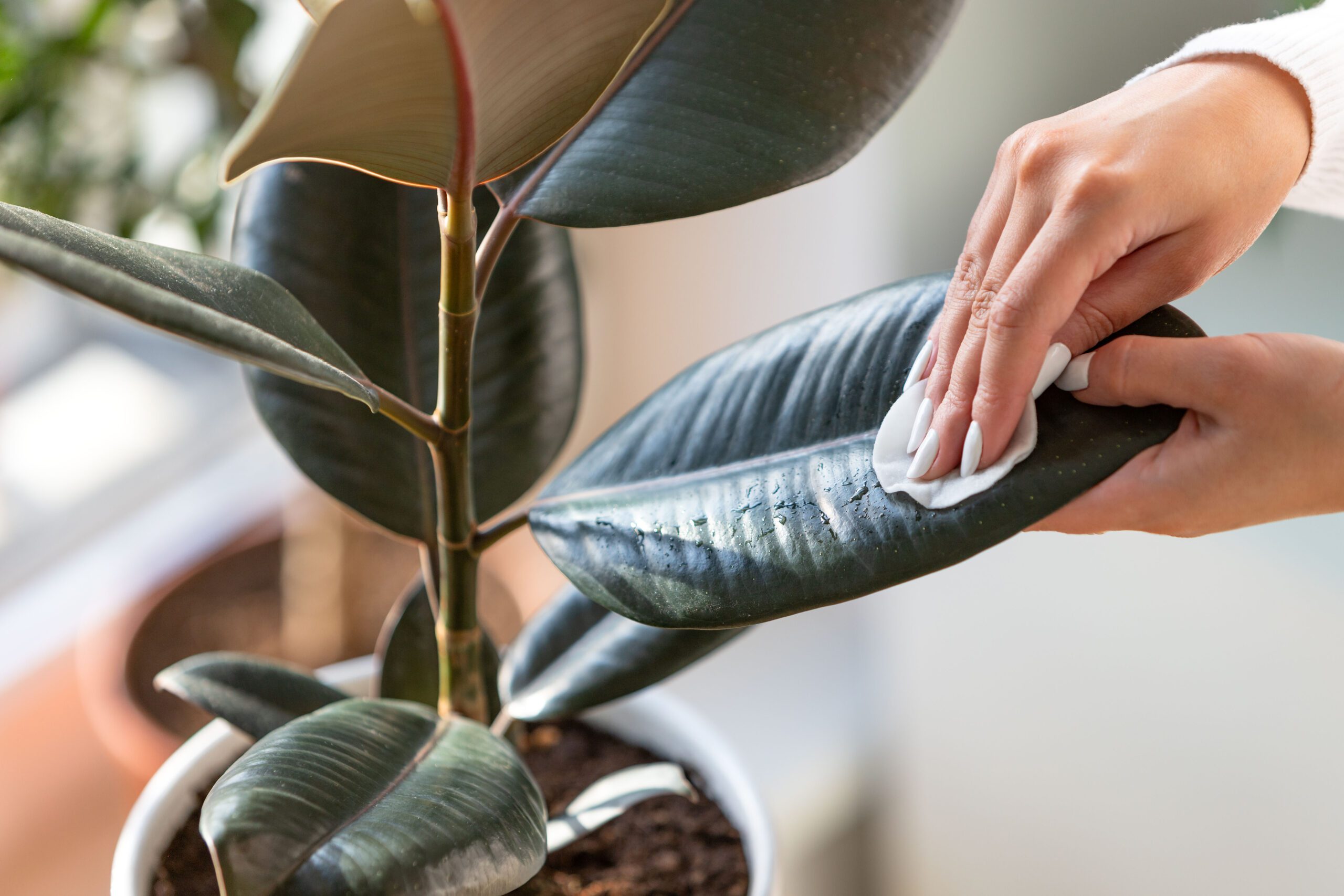Introduction:
We all love our houseplants, and by now most people have at least dabbled in the hobby at some point. However, they can also attract a variety of pests that can cause damage to the plant and become a nuisance. Have no fear, pests are smaller than you and can be dealt with! Let’s discuss some common houseplant pests, their signs of infestation, and how to prevent and treat them. The good news is that treatment options are easy to do at home with only minimal effort and cost.
Common Houseplant Pests
There are several common pests that can affect houseplants. These include:
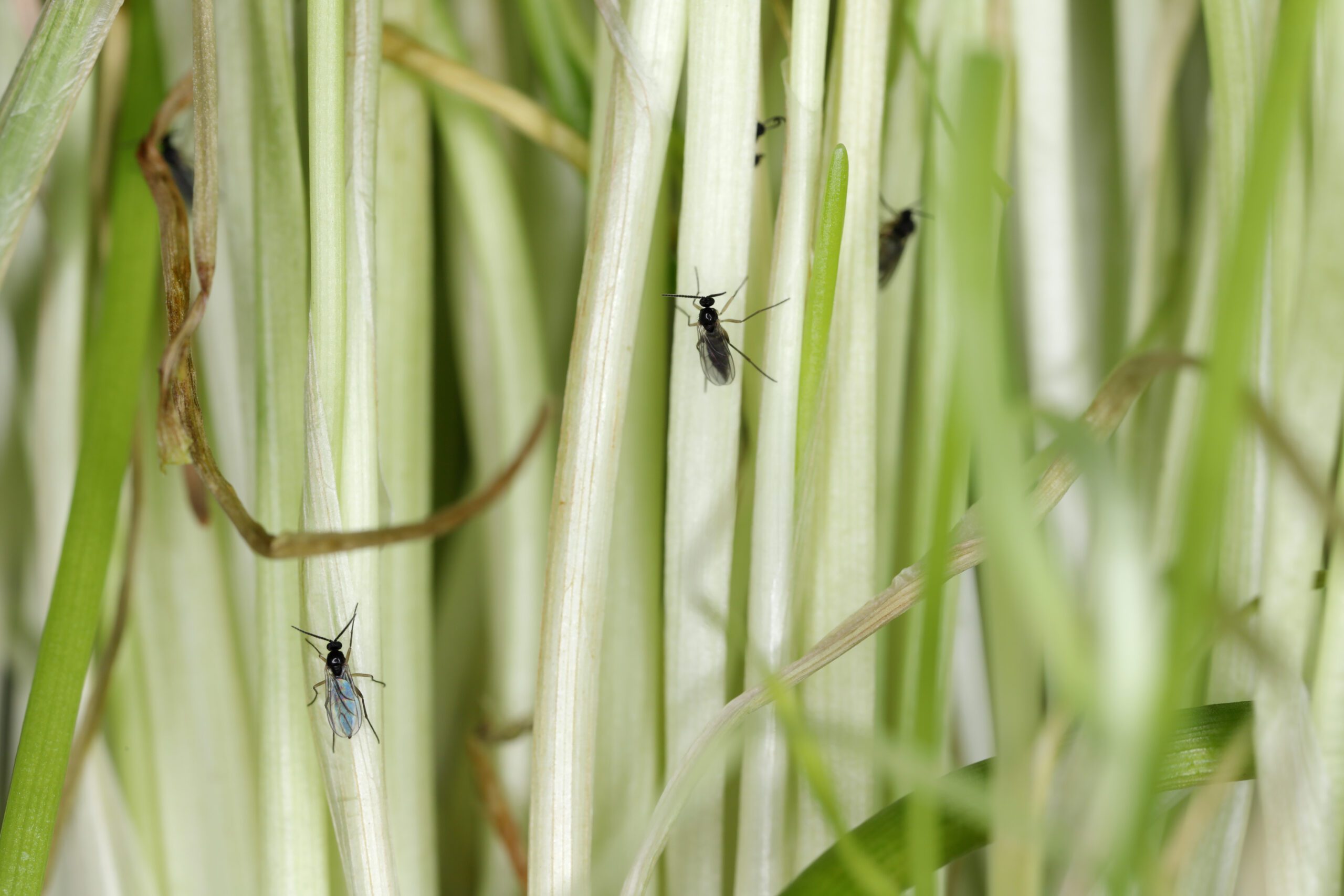
Fungus Gnats
Small flies that lay their eggs in moist soil, which hatch into larvae that feed on plant roots
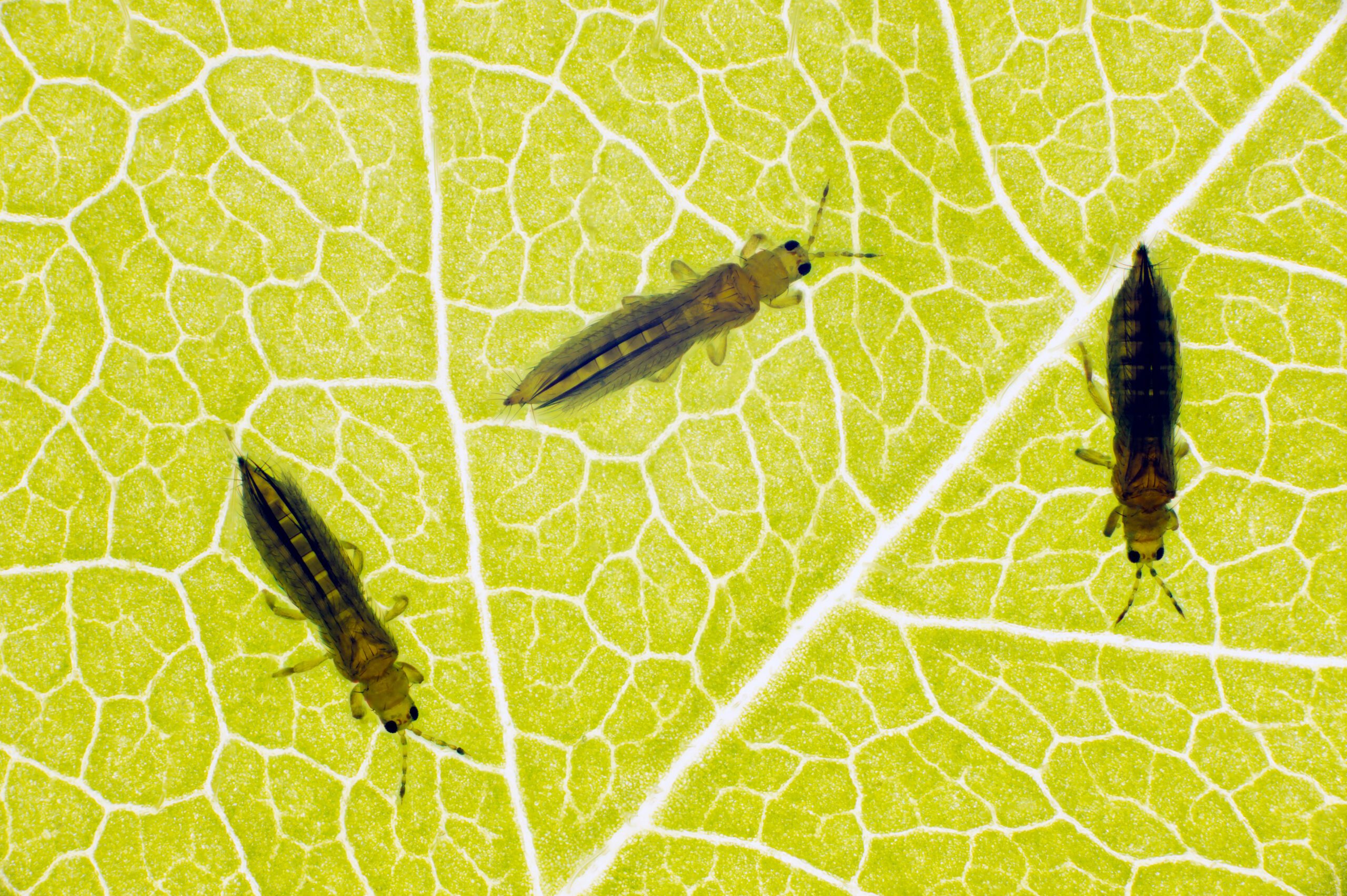
Thrips
Small, slender insects that feed on plant sap, causing leaves to appear speckled and distorted
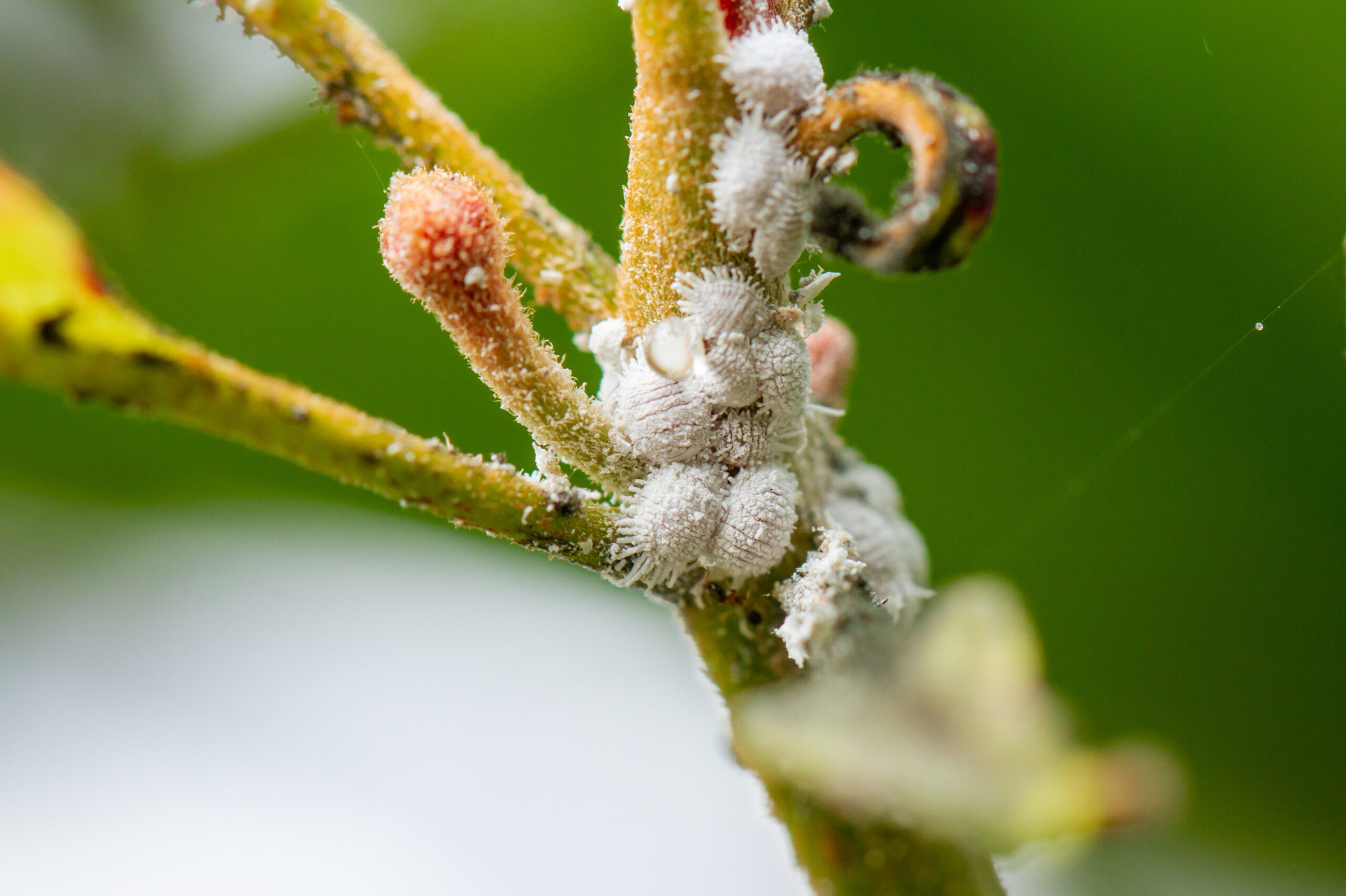
Mealybugs
Soft-bodied insects that produce a white, powdery substance and feed on plant sap, causing leaves to yellow and curl
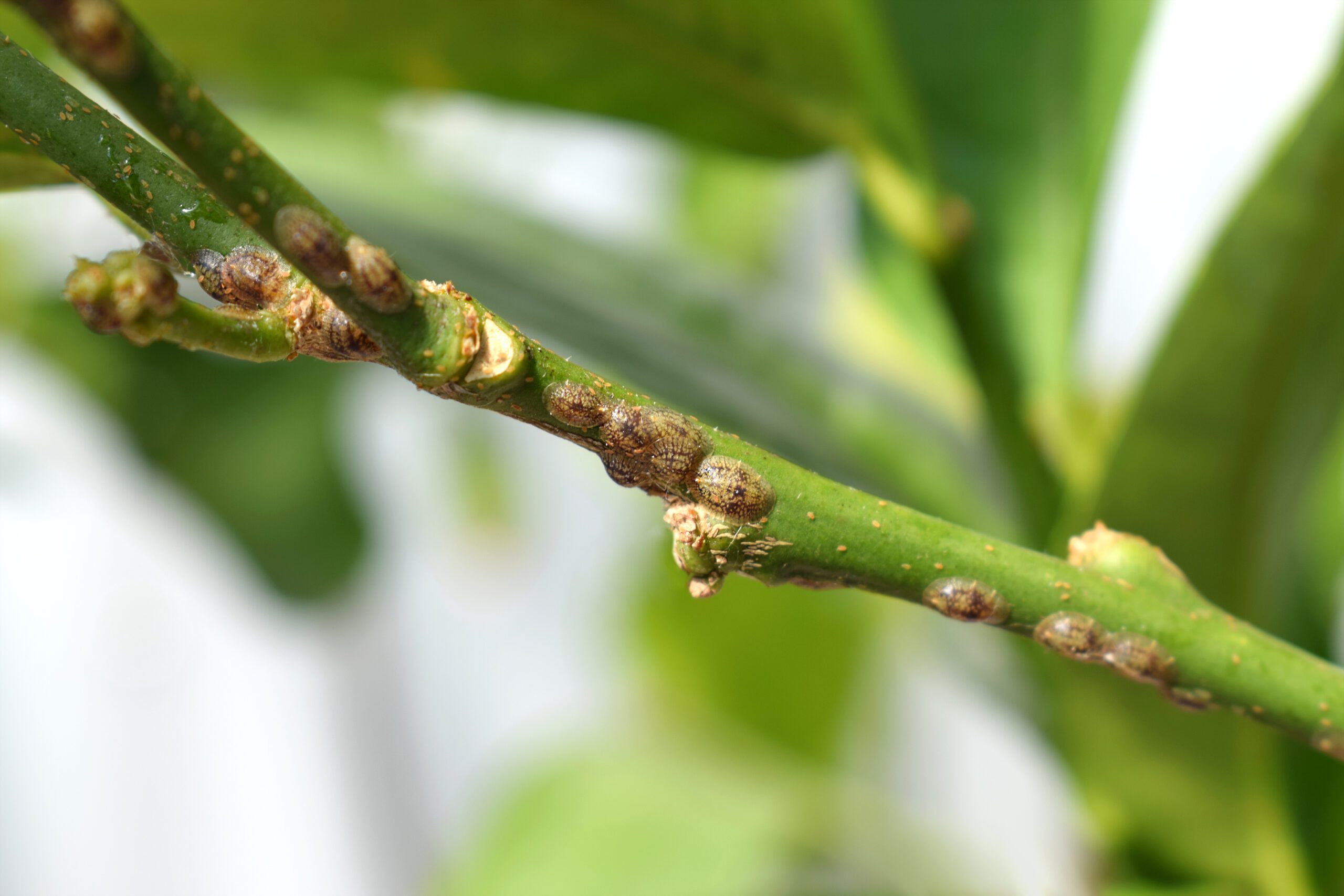
Scale Insects
Small, oval-shaped insects that attach themselves to the stems and leaves of plants, feeding on plant sap
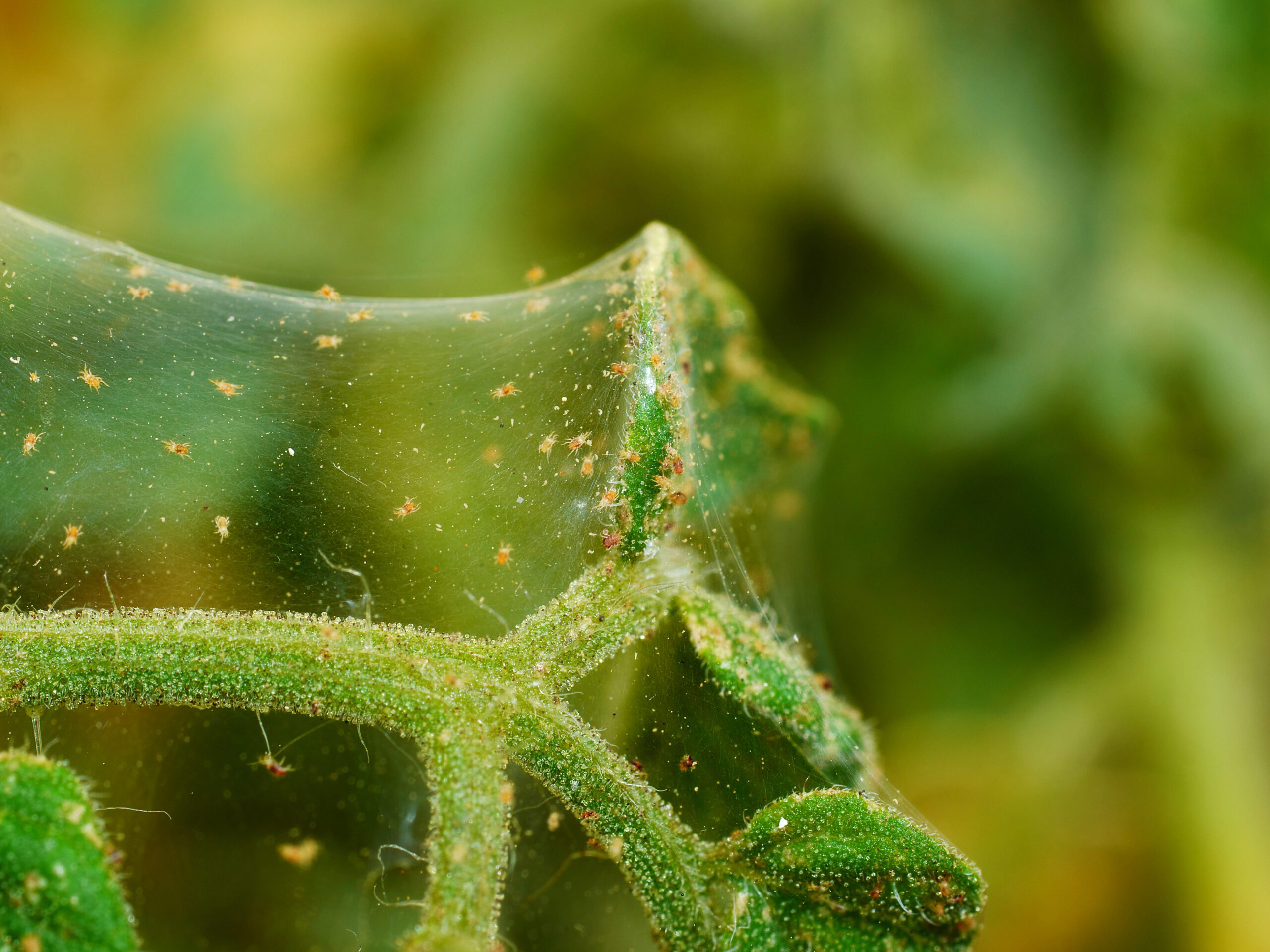
Spider Mites
Tiny arachnids that feed on plant sap, causing stippling and discoloration of leaves
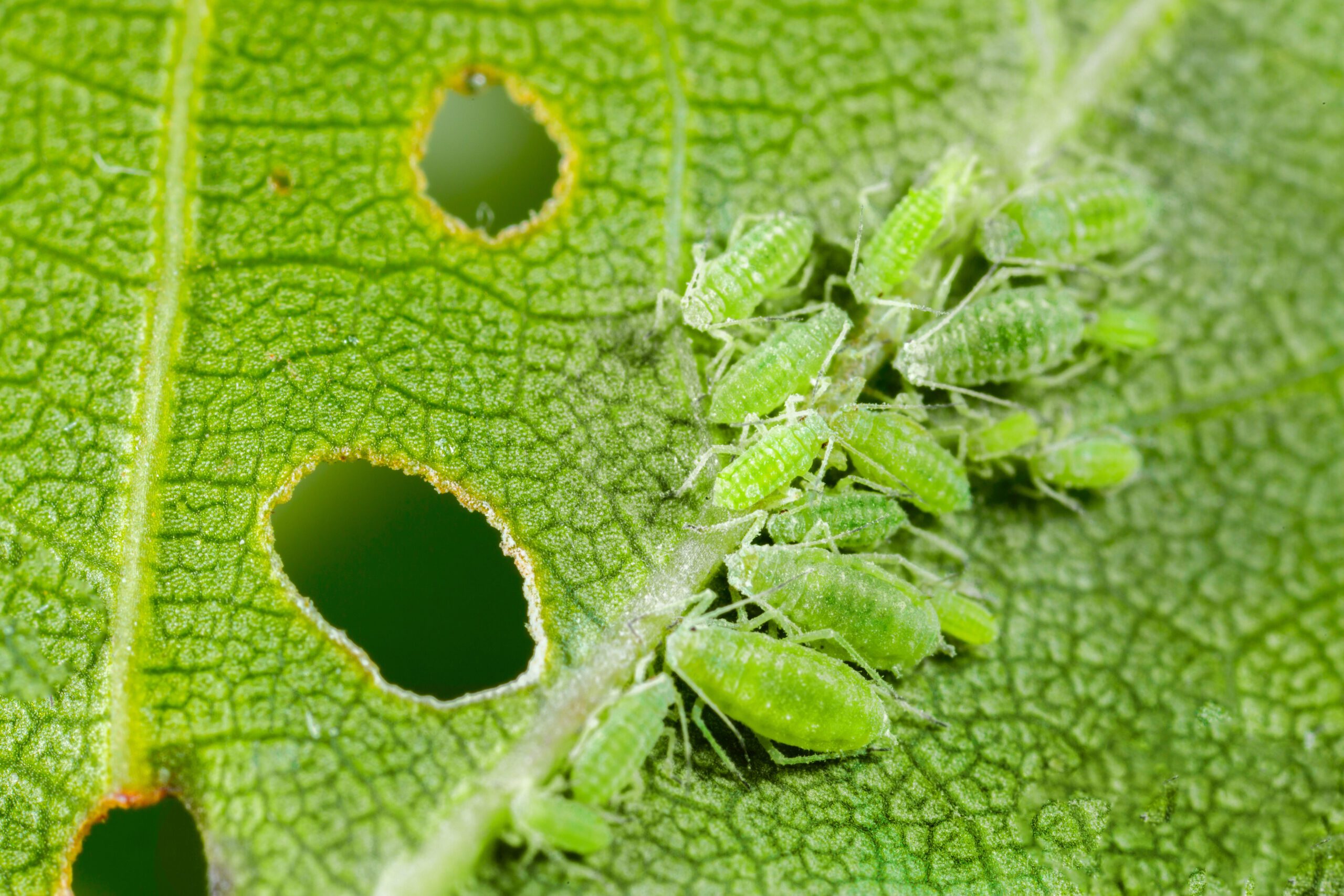
Aphids
Small, soft-bodied insects that feed on plant sap, causing leaves to curl and turn yellow
Signs of Infestation
It’s important to be able to identify signs of infestation early on to prevent the spread of pests. Signs of infestation vary by pest, but common signs include:
- Presence of insects on the plant or soil
- Yellowing or curling of leaves
- Stippling or discoloration of leaves
- White, powdery substance on the plant
- The appearance of small spider looking webs on your plants
- Speckling or distortion of leaves
- Presence of larvae in the soil
Prevention and Control
Prevention is key to avoiding pest problems. Here are some preventative measures to keep in mind:
- Keep plants healthy with proper watering, fertilizing, and pruning
- The healthier your plant, the less attractive they are to pests. Pruning especially removes dead plant material that is really attractive to pests and keeps them away.
- Inspect new plants for pests before bringing them indoors
- I check every new plant that comes into my home before I even leave the store with it. It’s especially important to flip the leaves over and check the undersides as some pests will hide there.
- Keep plants clean and free of debris
- Again, dead plant material, like dead leaves that have fallen into the soil are prime targets for many pesky critters, so try and keep your plant as clear of detritus as possible.
- Isolate infested plants to prevent the spread of pests
- Plant jail is real folks! At the first sign of any trouble, get that plant away from your precious collection, or instead of treating one problem plant, you’ll be fighting a full blown infestation!
- Use sticky traps to catch adult insects
- This is especially helpful for insects like thrips that fly around and can be a nuisance.
- Neem oil for everyone!
- Neem oil is a natural, organic pesticide that works by disrupting the feeding and reproductive systems of insects, preventing them from laying eggs and feeding on plants. To use neem oil as a preventative measure, mix a few drops of neem oil with water and spray the plant once a week. Personally, after taking my new plants home, before they go into their forever spot they get a neem oil bath, as they coat the leaves of the plant and make them less attractive to insects. To create a neem oil bath, mix a few drops of neem oil with water in a spray bottle and mist the plant thoroughly.
- Repot new plants (after the two week mark)
- This one is more personal preference, but you never know what is going on in that pot until you get in there. Now your plant needs time to acclimate to it’s new environment first, but once it does I like to give them a fresh soil change for many reasons, but making sure there are no hidden pests is one of the major ones! This also has other benefits like making sure your plant is in the proper medium for it, ensuring it has all the right nutrients it needs, as well as checking for death plugs and root rot.
If prevention measures fail, there are several easy treatment options that can be done at home. Here are some safe and effective treatments for each pest, but for all isolation is the first step! Send that plant straight to plant jail, do not pass go and do not collect $200:
- Aphids – Use a gentle insecticidal soap or a mixture of dish soap and water to spray the plant.
- Spider Mites – Spray the plant with a mixture of water and neem oil or insecticidal soap.
- Scale Insects – Use a cotton swab dipped in rubbing alcohol to remove scale insects from the plant.
- Mealybugs – Use a cotton swab dipped in rubbing alcohol to remove mealybugs from the plant.
- Thrips – Spray the plant with a mixture of water and insecticidal soap.
- Fungus Gnats – Allow the soil to dry out completely between waterings and use yellow sticky traps to catch adult gnats.
After treatment, it’s important to continue to monitor the plant for signs of reinfestation and maintain healthy plant care practices to prevent future problems. Don’t reintroduce him back to your other plants until you’re absolutely sure the pest is gone.
Additional Considerations
Pests may be specific to certain types of plants, so it’s important to research and understand the specific needs of each plant. If pest problems persist or become severe, it may be necessary to consult a professional, such as the staff at your local garden center for advice
Resources for Further Information
There are many resources available for further information on houseplant pests and their treatment. The following are some helpful resources:
Good luck and Happy Planting!
Related Posts
Grow Happy and Healthy Plants: A Guide To Choosing The Best Fertilizer


